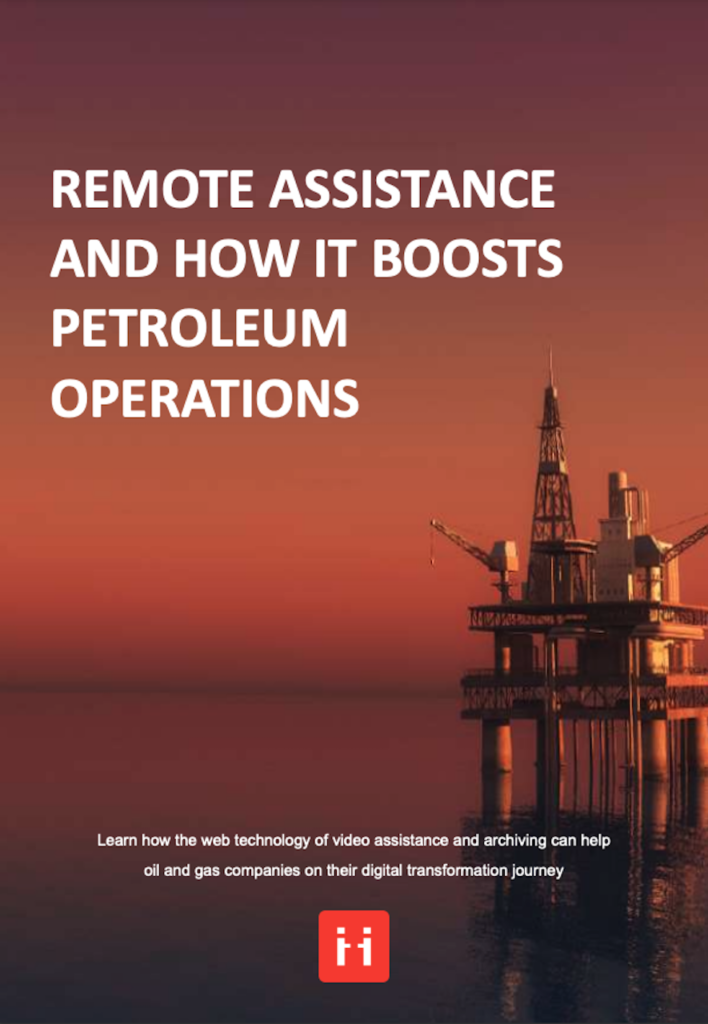
Share this article
Share this article
Visual support solutions are becoming increasingly popular. There are many advantages of visual inspections as compared to traditional inspections. Today, this has become one of the most popular inspection techniques used in a range of industries. In this article, we discuss some of the key benefits of visual inspection. But before we get to that, let’s discuss its meaning.
In a nutshell, visual inspection is any type of inspection that involves looking at a surface, area, equipment, or item. The main aim is to check that it is complying with the expectations, obligations, or requirements laid out for it.
If you’ve never tried to conduct a visual inspection before, you might not be sure of the advantages of visual inspection. But we have shared some of them below to help you make an informed decision when choosing visual inspection services.

Regardless of the project at hand, you always want to reduce your expenses by the greatest percentage possible. Thankfully, you can easily achieve that by choosing visual inspection. Performing remote visual inspections allows companies to cut back on personnel costs, travel costs, and relatedly, CO2 emissions.
There are many ways to inspect buildings, items, etc. However, while other methods are reliable, they’re not as easy as visual inspection. Did you know that you don’t have to invest in complicated devices to complete the process?
In some cases, all you need is a clipboard, but this won’t allow you to document your findings in a traceable way. By using video support software, inspectors can easily document all findings to justify the results of their inspections. For these inspections, you can use any device that you already have (smartphone, tablet, etc.) and conduct the inspection remotely with visual support technology.
Another huge advantage of visual inspection is that it doesn’t call for special training beyond the required training to become an inspector. Easy-to-access visual support tools like ViiBE are intuitive and simple to use, making it the ideal solution for any inspection process.
This article wouldn’t be complete if we don’t touch on the shortcomings of visual inspections. So, let’s look at some of them.
If you opt for a walkthrough, you will catch most of the errors. With visual inspection, inspectors are about 87% effective on average, but with a specific checklist and the right support tools, they can ensure that all elements are thoroughly inspected.
This isn’t a major disadvantage as most issues will be clear even via video. As long as the remote inspector can accurately guide the onsite staff through the process, all important elements should be able to be remotely inspected.
Needless to say, it’s imperative to keep clear photographic records of all your remote inspections. For instance, you need to document any issues with machines so you can see a clear history if the machine is slowly experiencing more wear and tear over time.
Worse still, you might not be able to recall who took the photos or where to locate them. Working with a visual support system that automatically connects to your work order CMMS, all pictures can automatically be attached to the log of the respective machine.
With a visual support tool like ViiBE, all photos, documents, messages, and the video recording of the inspection will automatically be organized and saved. This way, an inspection report will be created for enhanced traceability.

If you intend to carry out a remote visual inspection, you want to have the right equipment. Otherwise, you won’t be happy with the results. As a base level, using any device in combination with a visual support solution is a quick and easy way to get started. Visual support tools are useful because they integrate into any existing IT environments and devices.
Then, depending on the nature of inspection you plan to carry out, you may need borescopes, or special RVI equipment to better look inside complex machines.
There are several key advantages of visual inspection, and it doesn’t take much equipment to get started. It’s most important that you are able to store and easily trace all photos and documents from the inspection for future reference.
Free E-book available now!